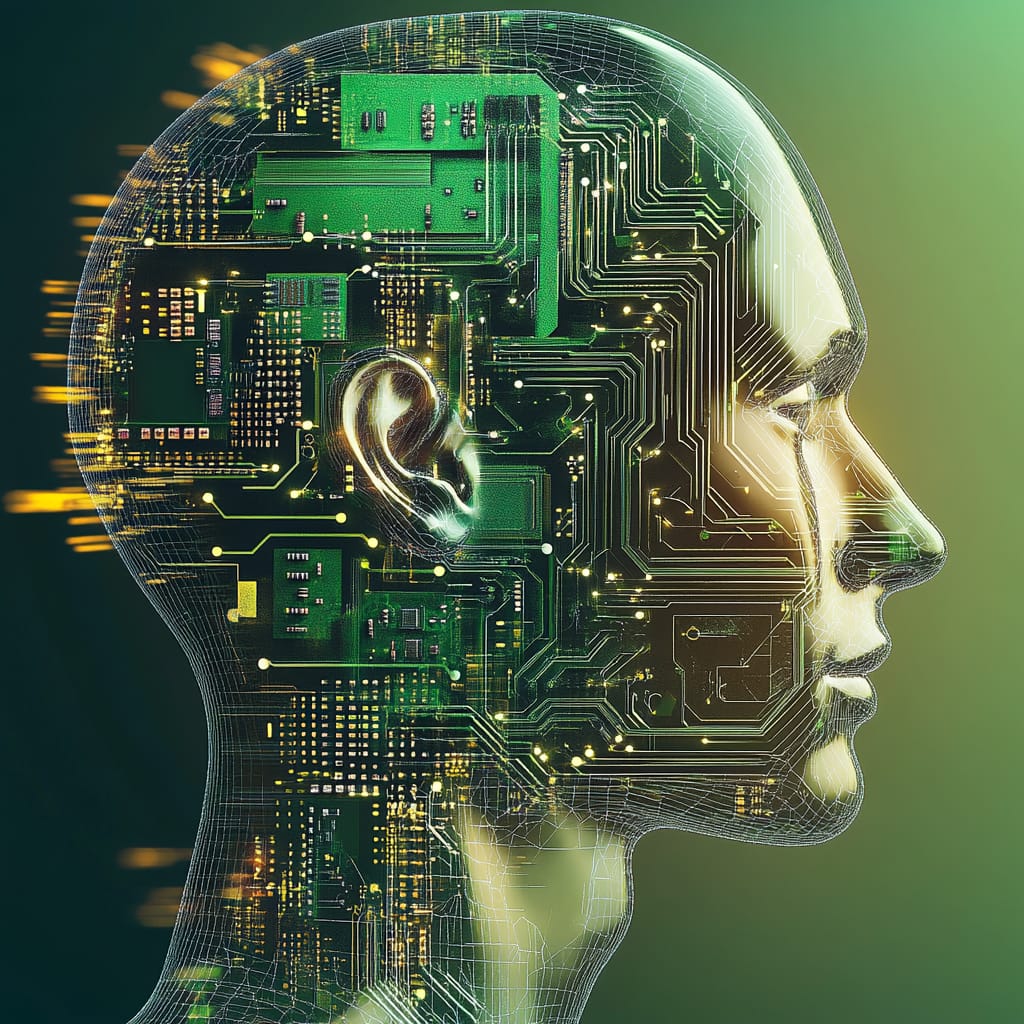In an era where artificial intelligence (AI) seamlessly integrates into various facets of daily life, the balance between technological advancement and individual privacy has become increasingly precarious. AI-powered surveillance systems, once the realm of speculative fiction, are now a tangible reality, prompting critical discussions about their implications for civil liberties.
The Rise of AI-Powered Surveillance
AI enhances traditional surveillance by enabling the analysis of vast amounts of data with unprecedented speed and accuracy. Facial recognition technologies, for instance, can identify individuals in real-time, while predictive analytics assess behaviors to foresee potential actions. These capabilities, while beneficial for security purposes, also raise significant privacy concerns.
A notable example is the deployment of unmarked surveillance cameras outside the homes of activists opposing Atlanta’s $109 million police training center, known as “Cop City.” These cameras, lacking identification and installed without residents’ consent, have sparked constitutional debates and fears of unwarranted monitoring. Activists argue that such surveillance undermines their rights and fosters an environment of intimidation.
Potential Misuse by Governments and Corporations
The dual-use nature of AI technologies means they can serve both protective and oppressive functions. Governments may employ AI surveillance to maintain public safety, but without stringent oversight, these tools can infringe upon personal freedoms. Former Google CEO Eric Schmidt has expressed concerns about rogue states leveraging AI to cause harm, emphasizing the need for international regulations to prevent misuse.
Corporations, too, wield AI surveillance for various purposes, from enhancing customer experiences to monitoring employee productivity. However, the line between beneficial use and invasive overreach is thin. The case of Clearview AI, which scraped billions of images from the internet to create a comprehensive facial recognition database, exemplifies the potential for corporate overreach and the erosion of anonymity.
Security Versus Privacy: A Delicate Balance
The integration of AI into surveillance systems presents a complex trade-off between enhanced security and the preservation of privacy. While AI can bolster defenses against crime and terrorism, it also poses risks of pervasive monitoring and data exploitation. The challenge lies in implementing AI surveillance in a manner that safeguards public safety without compromising individual rights.
Protecting Individual Privacy in an AI-Driven World
To navigate the intricate landscape of AI surveillance, individuals and policymakers can consider the following measures:
- Advocate for Transparent Policies: Demand clear guidelines on how AI surveillance tools are deployed, ensuring accountability and adherence to ethical standards.
- Implement Robust Data Protection Laws: Enforce regulations that limit data collection to necessary parameters and mandate secure storage practices to prevent unauthorized access.
- Promote the Use of Privacy-Enhancing Technologies: Encourage the development and adoption of AI systems designed with built-in privacy protections, such as data anonymization and decentralized processing.
- Engage in Public Discourse: Foster open discussions about the implications of AI surveillance, enabling society to make informed decisions about acceptable uses and boundaries.
In conclusion, as AI continues to permeate surveillance practices, it is imperative to critically assess and address the resulting privacy challenges. By proactively implementing protective measures and maintaining a vigilant stance, society can strive to balance the benefits of technological progress with the fundamental rights of individuals.

